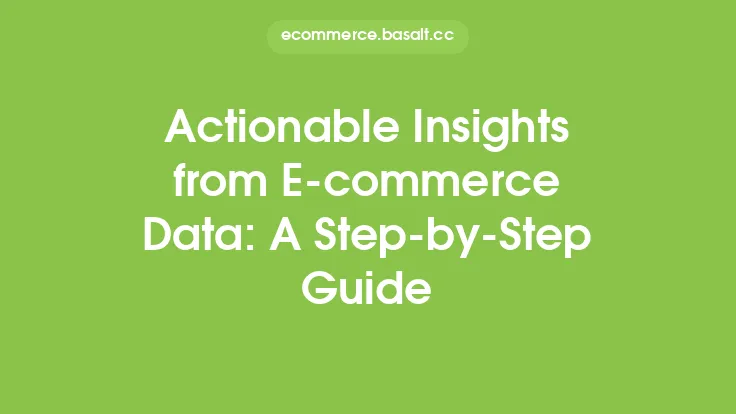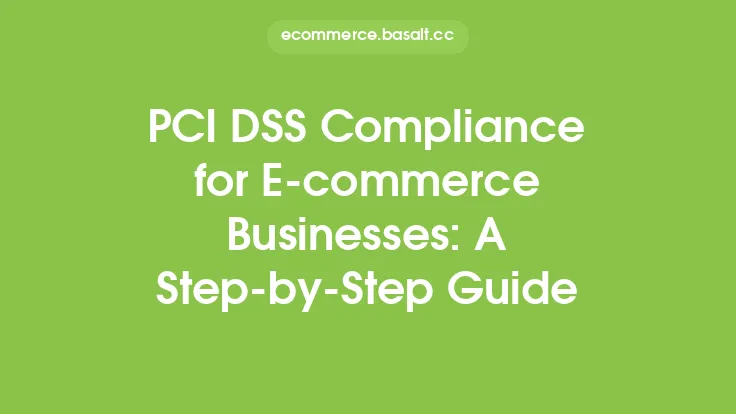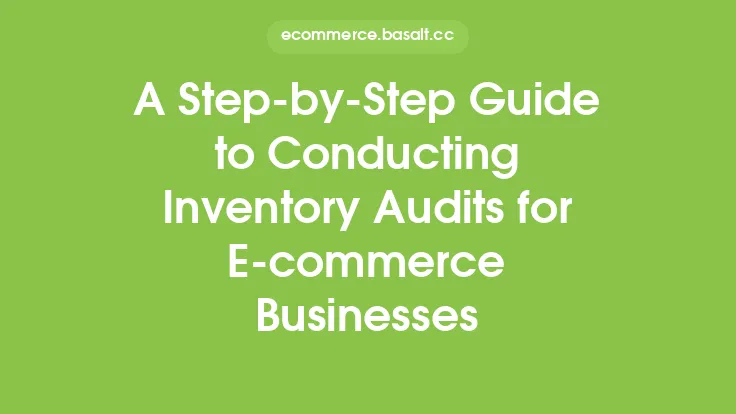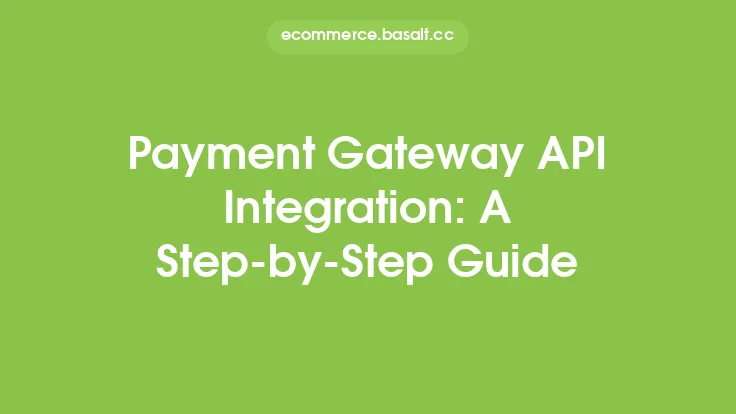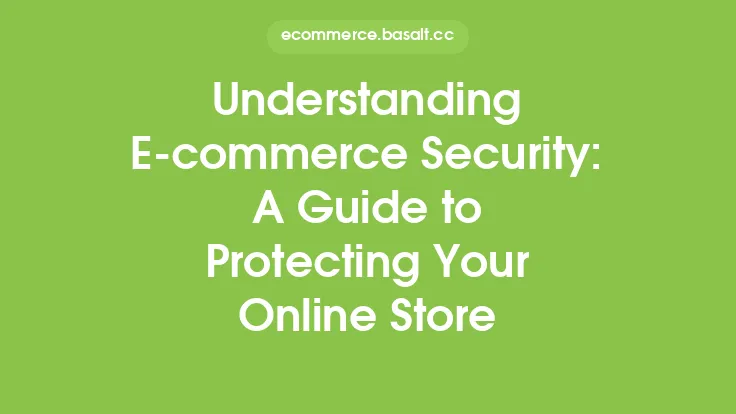Migrating to a new e-commerce platform can be a daunting task, especially for businesses with established online stores. The process involves transferring data, configuring settings, and ensuring a seamless transition for customers. However, with a well-planned approach, businesses can minimize disruptions and take advantage of the new platform's features and capabilities. In this article, we will provide a step-by-step guide on how to migrate to a new e-commerce platform, covering the essential steps and considerations to ensure a successful transition.
Pre-Migration Planning
Before starting the migration process, it is crucial to plan and prepare thoroughly. This involves assessing the current platform's limitations, identifying the reasons for migration, and determining the goals and objectives of the new platform. Businesses should evaluate their current e-commerce setup, including the products, customer data, orders, and integrations with third-party services. They should also research and select a suitable new platform, considering factors such as scalability, flexibility, and compatibility with their business needs.
Data Migration
Data migration is a critical step in the e-commerce platform migration process. This involves transferring data from the old platform to the new one, including product information, customer data, orders, and other relevant information. Businesses should ensure that the data is accurate, complete, and consistent across both platforms. They can use data migration tools or services to simplify the process and minimize errors. It is also essential to test the migrated data to ensure that it is correct and functional on the new platform.
Platform Configuration
After migrating the data, businesses need to configure the new platform to meet their specific needs. This involves setting up payment gateways, shipping integrations, and other essential features. They should also customize the platform's design and layout to match their brand identity and provide a consistent user experience. Additionally, businesses should configure the platform's security settings, including SSL certificates, firewalls, and access controls, to ensure the protection of customer data and prevent unauthorized access.
Testing and Quality Assurance
Thorough testing and quality assurance are vital to ensure that the new platform is functioning correctly and providing a seamless user experience. Businesses should test all aspects of the platform, including product browsing, checkout processes, payment gateways, and customer account management. They should also conduct performance testing to ensure that the platform can handle a high volume of traffic and transactions. Furthermore, businesses should test the platform's compatibility with different devices, browsers, and operating systems to ensure that it is accessible to all customers.
Launch and Deployment
Once the new platform is fully configured and tested, businesses can launch and deploy it to the public. This involves switching the domain name or URL to point to the new platform, configuring redirects, and updating any external links or references. Businesses should also communicate the changes to their customers, either through email notifications, social media announcements, or in-platform messaging. Additionally, they should monitor the platform's performance and be prepared to address any issues or concerns that may arise during the transition period.
Post-Migration Review and Optimization
After the migration is complete, businesses should review and optimize the new platform to ensure that it is meeting their goals and objectives. This involves analyzing performance metrics, such as sales, traffic, and customer engagement, to identify areas for improvement. Businesses should also gather feedback from customers and make adjustments to the platform's design, functionality, or features as needed. Furthermore, they should continue to monitor the platform's security and performance, ensuring that it remains stable, secure, and scalable to support their growing business needs.
Common Challenges and Solutions
E-commerce platform migration can be complex and challenging, and businesses may encounter various issues during the process. Some common challenges include data inconsistencies, platform compatibility issues, and performance problems. To overcome these challenges, businesses can use data migration tools, consult with platform experts, and conduct thorough testing and quality assurance. They should also have a contingency plan in place to address any unexpected issues that may arise during the migration process.
Best Practices and Recommendations
To ensure a successful e-commerce platform migration, businesses should follow best practices and recommendations. These include planning and preparing thoroughly, using data migration tools and services, and conducting thorough testing and quality assurance. Businesses should also prioritize platform security, performance, and scalability, and ensure that the new platform is compatible with their existing systems and integrations. Additionally, they should communicate the changes to their customers and provide support and training to ensure a smooth transition.
Conclusion
E-commerce platform migration is a complex process that requires careful planning, execution, and testing. By following the step-by-step guide outlined in this article, businesses can minimize disruptions and take advantage of the new platform's features and capabilities. It is essential to prioritize data accuracy, platform configuration, testing, and quality assurance to ensure a seamless transition and provide a consistent user experience. With the right approach and expertise, businesses can successfully migrate to a new e-commerce platform and drive growth, revenue, and customer satisfaction.
